There’s a good chance produce from the Rio Grande Valley has been a part of your breakfast, lunch and dinner. The region is a vital contributor to our food supply.
Since 1923, scientific innovation and outreach by Texas A&M AgriLife has strengthened the ability of Rio Grande Valley horticulture operations to feed the world.
Experts across Texas A&M AgriLife, including those within the Texas A&M College of Agriculture and Life Sciences Department of Horticultural Sciences, play a critical role in maximizing productivity by strengthening and guiding growers and operations across the region to increase the quality, variety and availability of nutritious horticultural products.
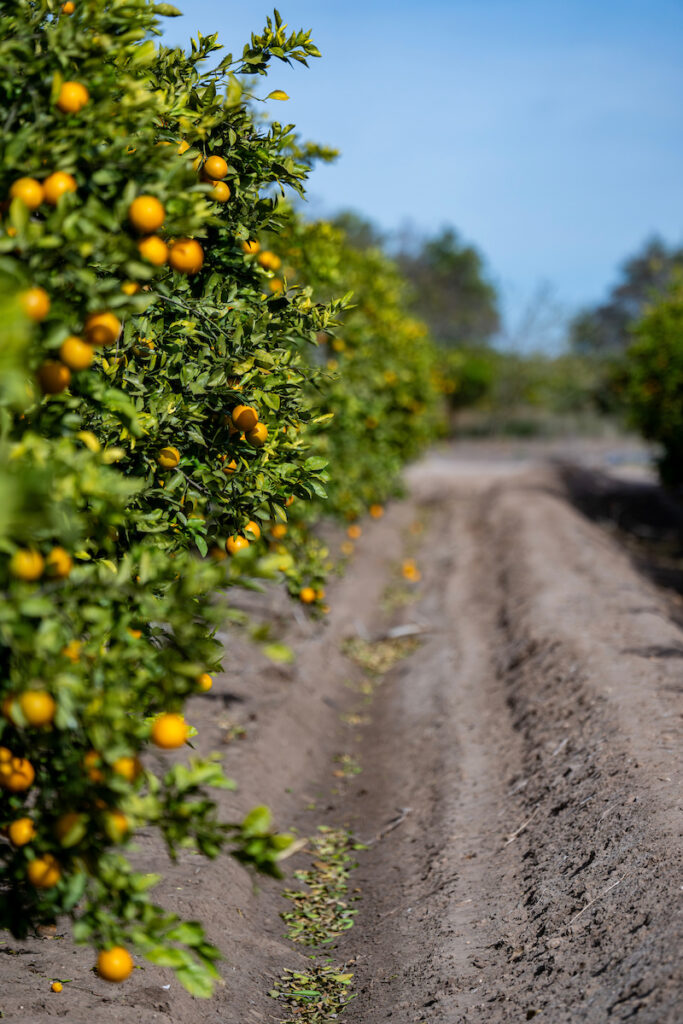
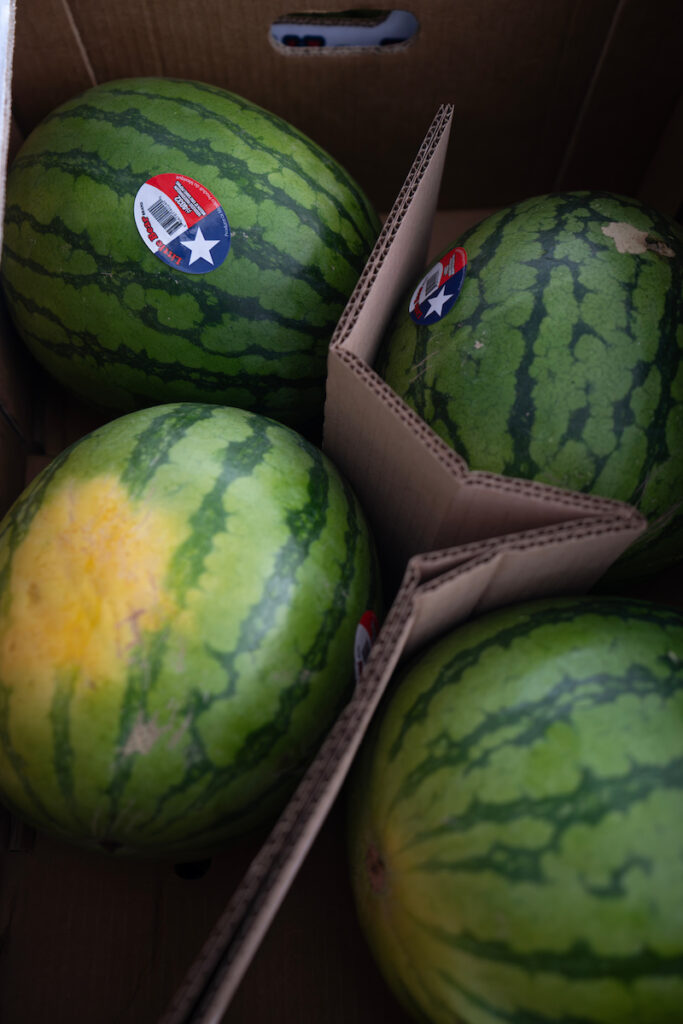
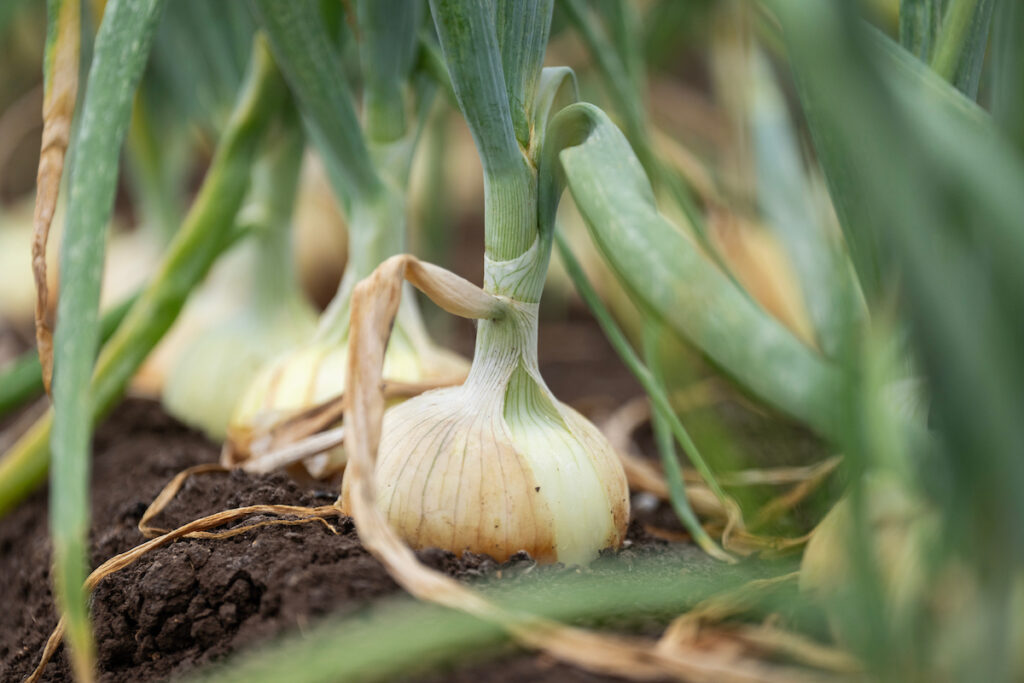
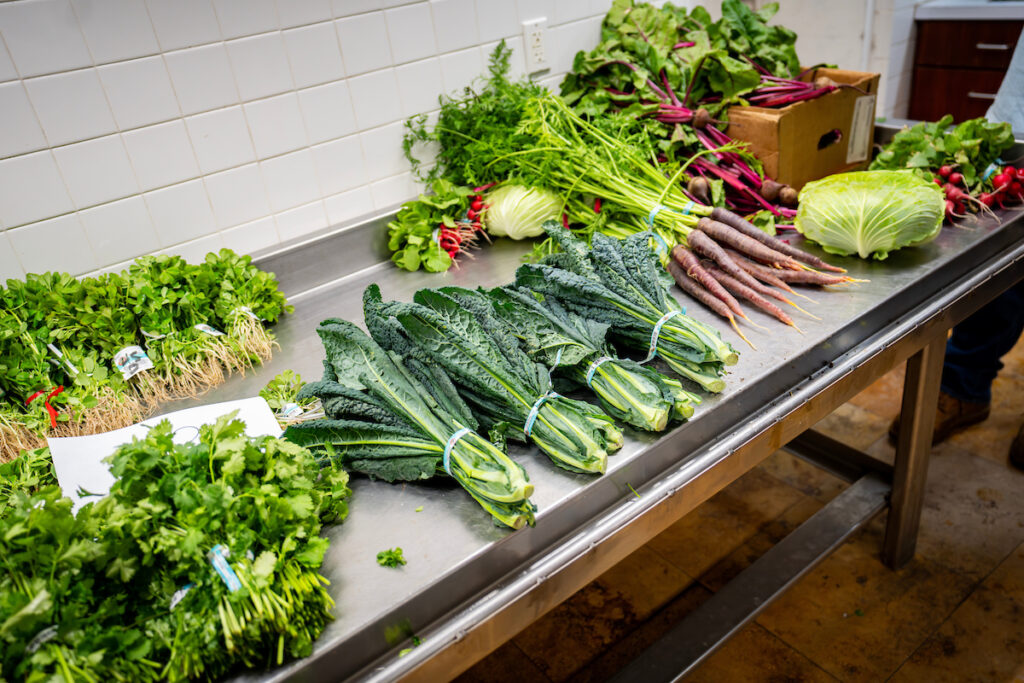
From the rich, fertile soil to its more than 300 frost-free days each year, the Rio Grande Valley is one of the most ideal locations in the U.S. to grow cool-season and warm-season crops. The unique high-value, high-quality specialty crops and row crops grown there are traditionally some of the first to be harvested and go to market.
Texas A&M AgriLife Research scientists and Texas A&M AgriLife Extension Service specialists continuously strive to develop and deliver research-based knowledge and advancements to improve growers’ competitive position globally through innovation and improved economic and environmental sustainability.
“The Rio Grande Valley is a crucial part of Texas when it comes to our access to fruits and vegetables,” said Amit Dhingra, Ph.D., head of the Department of Horticultural Sciences. “The region’s fruit and vegetable industry serve a significant portion of the U.S. produce needs, and the research, Extension and outreach activities conducted by our horticulture colleagues over there fundamentally align with our departmental missions around sustainability, health and wellness, and food security.”
Regional science provides scalable horticultural innovation
Much of that scientific progress begins with the experts at the Texas A&M AgriLife Research and Extension Center at Weslaco. Their research, outreach and collaborative projects guide innovation and support the industry, whether large commercial production or mom-and-pop growers who sell their produce at local markets and beyond.
Produce grown in the Rio Grande Valley had a production value of $285.6 million annually, according to a 2023 economic impact study by AgriLife Extension’s Center for North American Studies in the Department of Agricultural Economics.
Aside from larger-scale commercial producers, Juan Anciso, Ph.D., AgriLife Extension vegetable specialist, professor and associate head of the Department of Horticultural Sciences, said growers with less than 9 acres are becoming increasingly involved in vegetable and fruit production for supplemental income.
These producers grow seasonal crops in gardens, raised beds and/or greenhouses and market their produce directly to consumers, he said. Some growers even market specialty crops in metropolitan areas like San Antonio and Austin to maximize profits. Specialty crops include herbs, spinach and other leafy greens, onions, tomatoes, watermelons and unique citrus fruits such as the renowned Rio Red grapefruit varieties.
Additionally, Anciso said research trials at the Weslaco center continue to identify potential options for growers in South Texas. Papaya, olives, table grapes and citrus are just a few horticulture crops being evaluated for varietal success under regional growing conditions.
“The number of small-acreage growers continue to go up,” he said. “As a result, they’re looking for expertise across an even broader range of high-value crops that are in high demand.”
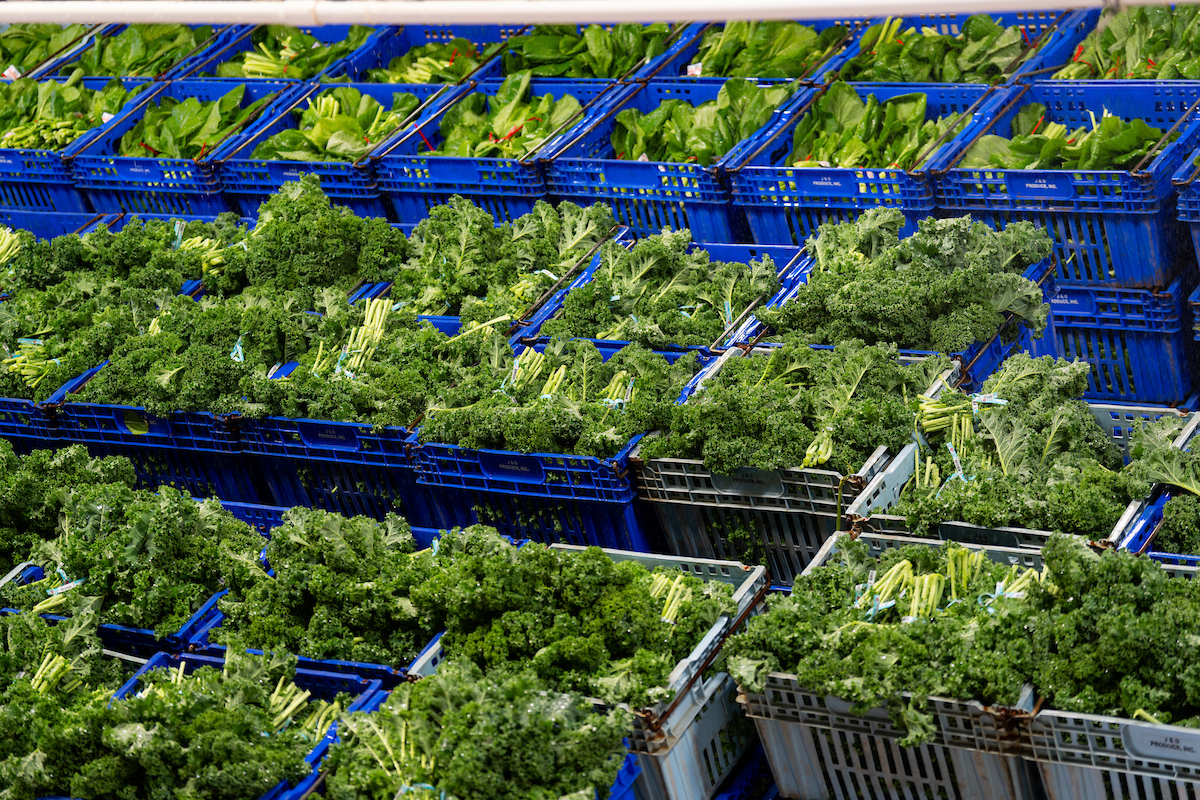
“Every day, we are listening to producers and the horticulture industry and monitoring consumer trends to look for innovative ways to create opportunities and provide solutions from the field to grocery store shelves,”
Carlos Avila, Ph.D.
Vegetable breeder, Department of Horticultural Sciences, Weslaco
Water efficiency among innovative solutions
Texas A&M AgriLife expertise is aimed at economic and environmental sustainability. The search for efficiencies for producers in the Rio Grande Valley includes creating technology to address labor shortages and water scarcity or new vegetable cultivars that expand growers’ planting options, Anciso said.
Water efficiency continues to be a growing concern for agriculture around a growing state. Finding immediate and long-term solutions for irrigation limitations is a critical need for the region’s horticulture operations.
John Jifon, Ph.D., AgriLife Research plant physiologist and professor in the Department of Horticultural Sciences, Weslaco, is focused on exploring how drip irrigation can optimize water applications and mitigate drought impacts. While traditional irrigation methods in the Rio Grande Valley include flooding crop rows through a series of aqueducts, drip irrigation systems provide water directly where plants need it – the root zone.
He expects their work to take drip irrigation efficiency to the next level.
Jifon is using soil, plant and atmosphere-sensing technologies to determine when plants are stressed and when corrective measures are needed. He is also teaming with plant breeders to screen breeding lines for traits that enable plants to find hard-to-reach resources like water and nutrients and utilize them more efficiently.
Projects address myriad production hurdles. Unfavorable growing conditions like drought, heat stress, diseases and water salinity have always been a challenge in crop production, he said.
As the frequency and intensity of these stresses continue to rise, Jifon said innovative research is needed to sustain horticultural operations in the Rio Grande Valley, throughout Texas and in other parts of the world where food production is threatened.
“Our research is looking at how plants tolerate multiple stress factors and which traits or mechanisms are more important for tolerance to these stresses,” he said. “We use field phenotyping tools to identify lines and cultivars with enhanced stress tolerance and use this information to adjust management strategies.”
These types of integrated approaches are needed to ensure resilience against climate change impacts while sustaining productivity and quality, he said.

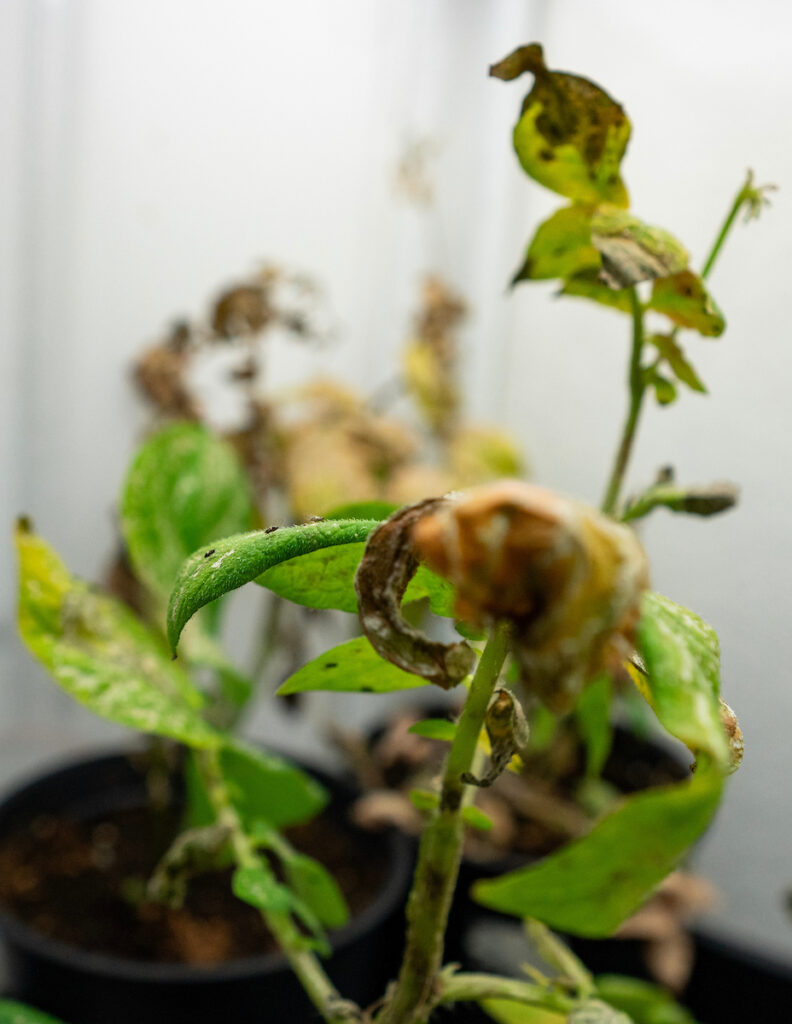
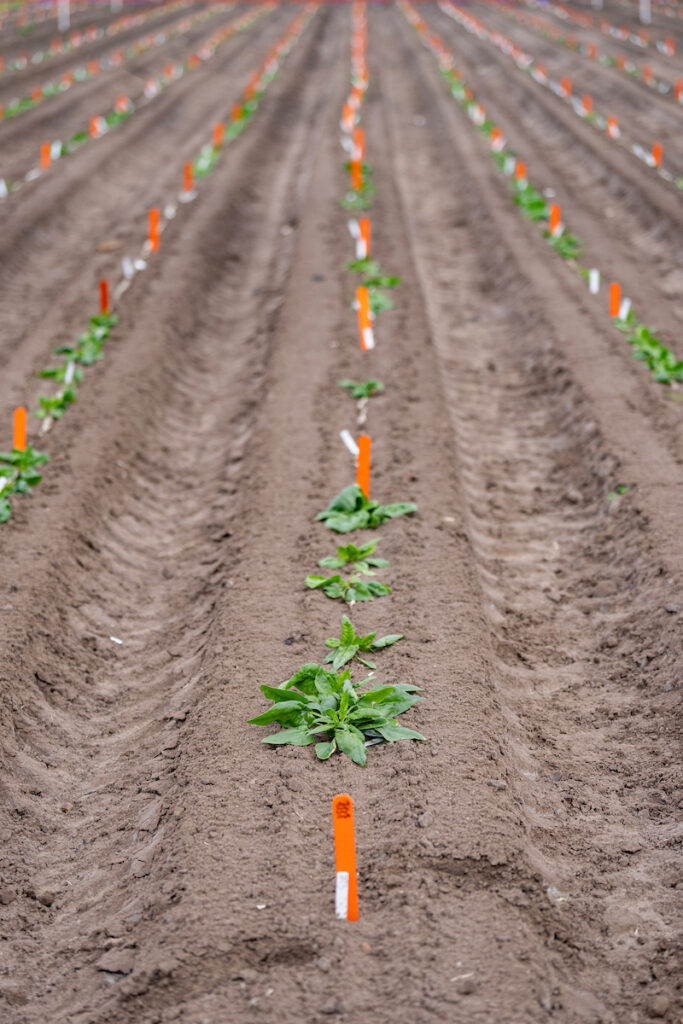
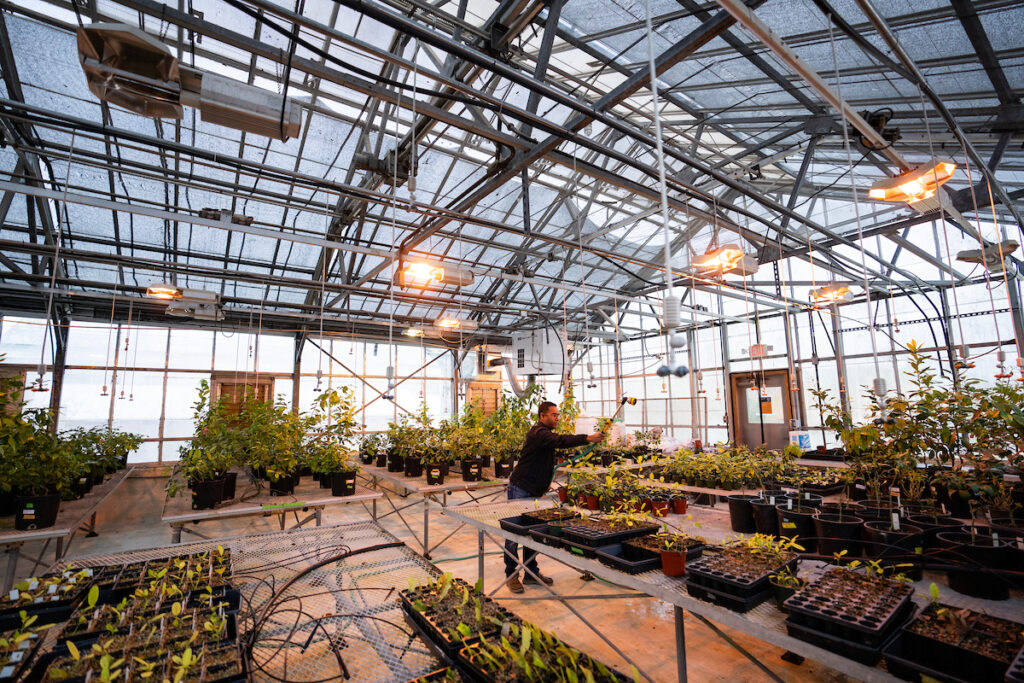
Research tradition propels future innovation
Texas A&M AgriLife experts are meeting existing horticultural production challenges, but are also creating opportunities for growers, said Carlos Avila, Ph.D., AgriLife Research vegetable breeder and associate professor in the Department of Horticultural Sciences, Weslaco.
Plant breeders like Avila have established a strong reputation over the past several decades for creating new cultivars to meet grower and consumer demands. Some staples in diets today created by them include the 1015 sweet onion, maroon carrots, milder jalapeno peppers and more flavorful tomatoes.
Research projects continue to be dedicated toward expanding growing options as well as output and qualities like flavor and nutritional density across the range of produce.
“We have a long tradition of service to Texas horticulture in several areas, including plant breeding,” Avila said. “We are continuing that tradition by developing fruit and vegetable varieties that are better adapted to Texas growing conditions and provide more options for growers on their farms that translate into opportunity in the market.”
Technological advances in fields like genetics are helping researchers identify specific traits to meet grower and consumer demand. Collaborations between scientists across disciplines and within the other regional centers like Uvalde and Amarillo help push innovation to meet those needs.
Other innovations being tested, including new vegetable cultivars and growing techniques, could add thousands of additional dollars per acre in crop value and extend the cropping season for growers and access to fresh vegetables for consumers.
“At the end of the day, our efforts in the region explore and evaluate ways to improve productivity and marketability for growers,” Avila said. “Every day, we are listening to producers and the horticulture industry and monitoring consumer trends to look for innovative ways to create opportunities and provide solutions from the field to grocery store shelves.”





